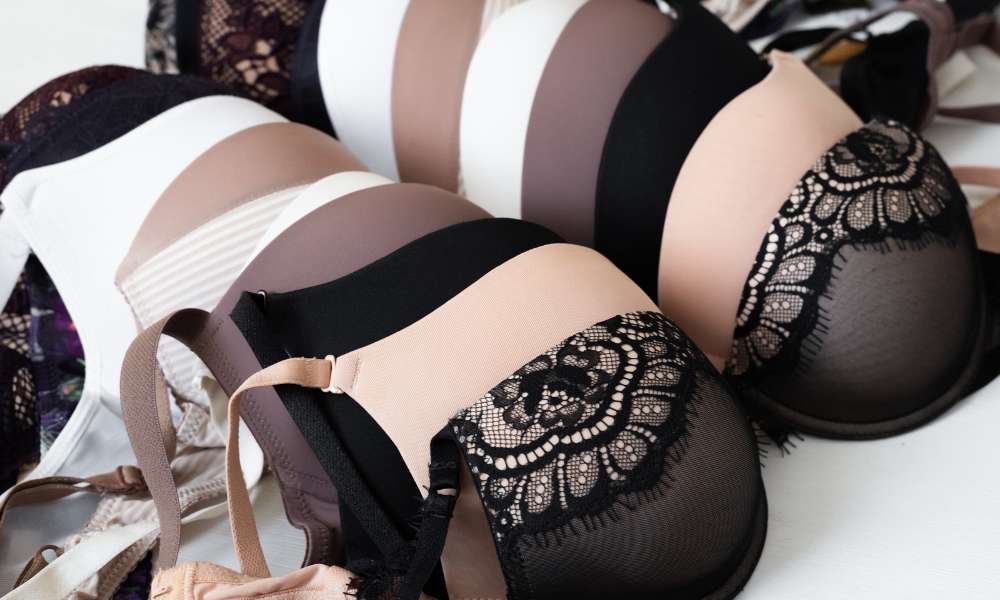Understanding Plus Size Women's Clothing: A Comprehensive Guide
Plus size women's clothing has evolved significantly in recent years, offering more stylish and comfortable options for a diverse range of body types. This guide explores the key aspects of plus size fashion, from sizing and fit to fabric selection and style tips.

How do plus size clothing measurements work?
Plus size clothing typically starts at size 14 or 16 and extends up to size 32 or beyond, depending on the brand. Measurements for plus size garments are generally more generous in the bust, waist, and hip areas compared to standard sizes. However, it’s important to note that sizing can vary significantly between different manufacturers and even within the same brand’s different clothing lines.
To determine your correct size, it’s crucial to take accurate body measurements. Key areas to measure include:
-
Bust: Measure around the fullest part of your chest
-
Waist: Measure around the narrowest part of your torso
-
Hips: Measure around the widest part of your hips and buttocks
-
Inseam: Measure from the crotch to the desired pant length
Remember that these measurements are just a starting point, as individual body shapes and proportions can affect how garments fit.
What should you look for in plus size measurement charts?
Plus size measurement charts provide valuable information to help you choose the right size when shopping for clothing. When reviewing these charts, pay attention to the following:
-
Size ranges: Check if the chart includes your measurements within its size offerings.
-
Body measurements: Look for detailed measurements for bust, waist, and hips corresponding to each size.
-
Garment measurements: Some charts may include actual garment measurements, which can be helpful for determining fit.
-
Fit descriptions: Look for information about whether the garment is designed for a relaxed, fitted, or loose fit.
-
International size conversions: If shopping from international brands, check for size equivalents across different regions.
It’s important to remember that these charts serve as guidelines. Factors such as fabric type, cut, and personal preference can influence how a garment fits and feels.
How can you choose comfortable and flattering plus size apparel?
Selecting comfortable and flattering plus size clothing involves considering various factors beyond just size. Here are some tips to help you make informed choices:
-
Know your body shape: Understanding whether you’re an apple, pear, hourglass, or rectangle shape can guide you towards styles that complement your figure.
-
Pay attention to proportions: Choose clothing that creates balance in your overall silhouette. For example, if you have a fuller upper body, you might opt for A-line skirts or wide-leg pants to create proportion.
-
Focus on fit: Ensure garments fit well in key areas like shoulders, bust, and hips. Avoid clothes that are too tight or too loose, as they can be unflattering and uncomfortable.
-
Experiment with different necklines: V-necks can elongate the torso, while scoop necks can soften a fuller bust. Try various styles to see what works best for you.
-
Consider the fabric: Choose materials that drape well and have some stretch for comfort and ease of movement.
-
Invest in good undergarments: Well-fitting bras and shapewear can improve the overall appearance of your outfits.
-
Don’t shy away from patterns and colors: While dark colors are often considered slimming, vibrant hues and patterns can be equally flattering when styled correctly.
-
Tailor when necessary: Sometimes, having garments altered to fit your specific proportions can make a significant difference in how they look and feel.
What fabric types are suitable for plus size clothing?
The choice of fabric can greatly impact the comfort, durability, and appearance of plus size clothing. Here are some fabric types that work well for plus size garments:
-
Jersey knit: This stretchy, comfortable fabric is ideal for t-shirts, dresses, and casual wear.
-
Ponte: A sturdy, double-knit fabric that offers structure while maintaining comfort, perfect for pants and skirts.
-
Cotton blends: These fabrics combine the breathability of cotton with the stretch and durability of synthetic fibers.
-
Stretch denim: Offers the classic denim look with added comfort and flexibility.
-
Modal: A soft, breathable fabric that drapes well and resists wrinkles.
-
Lycra or spandex blends: These add stretch and recovery to fabrics, enhancing comfort and fit.
-
Rayon: A lightweight, breathable fabric that drapes well and is comfortable in warm weather.
-
Bamboo: Known for its softness and moisture-wicking properties, bamboo fabric is comfortable for all-day wear.
When choosing fabrics, consider factors such as breathability, stretch, drape, and care instructions. Fabrics that offer some give and recovery tend to be more comfortable and maintain their shape better over time.
In conclusion, understanding plus size clothing involves more than just knowing your measurements. By familiarizing yourself with sizing charts, fit guidelines, and suitable fabric types, you can make more informed choices when shopping for plus size apparel. Remember that comfort and confidence are key – choose clothing that makes you feel good and reflects your personal style.




